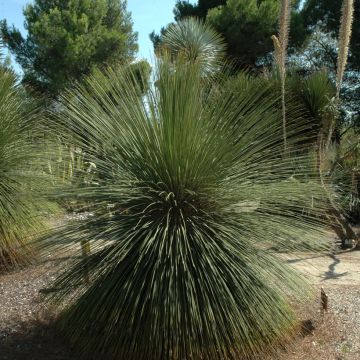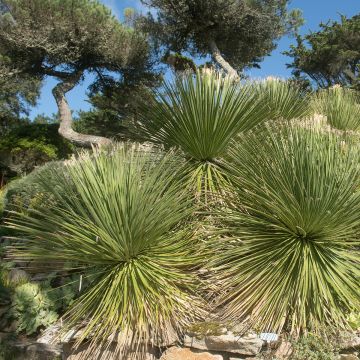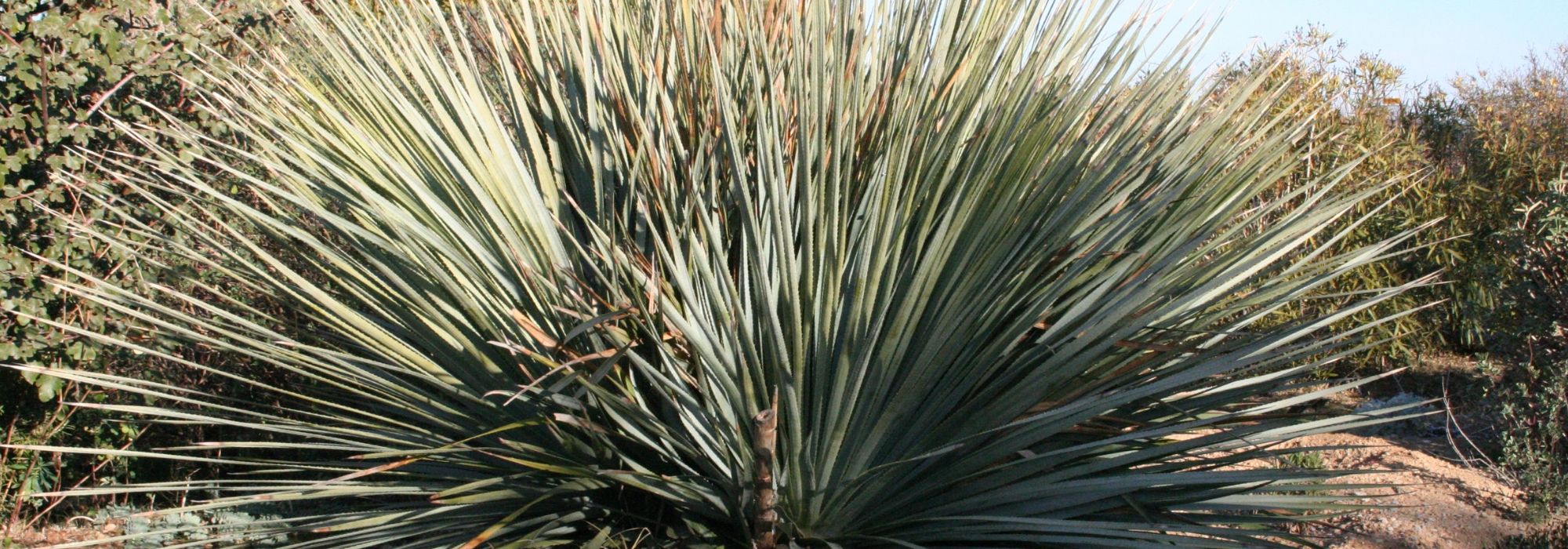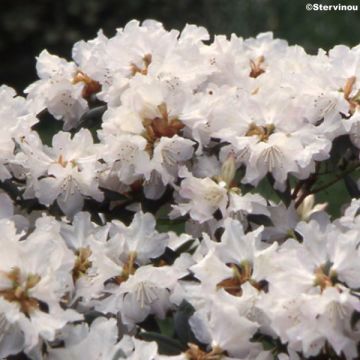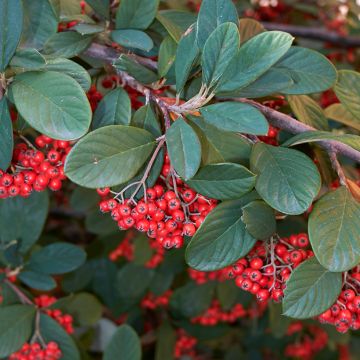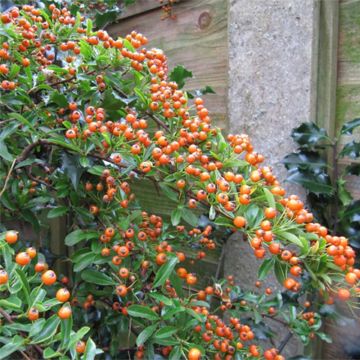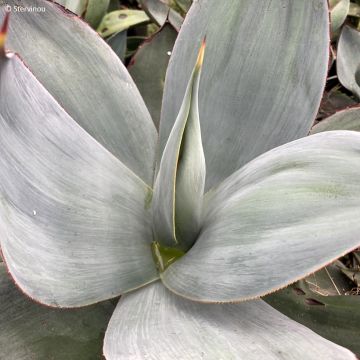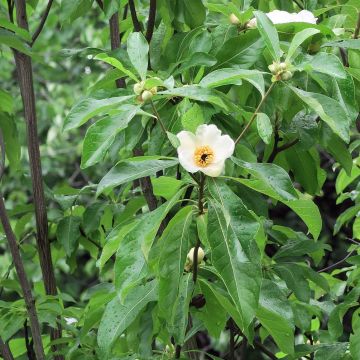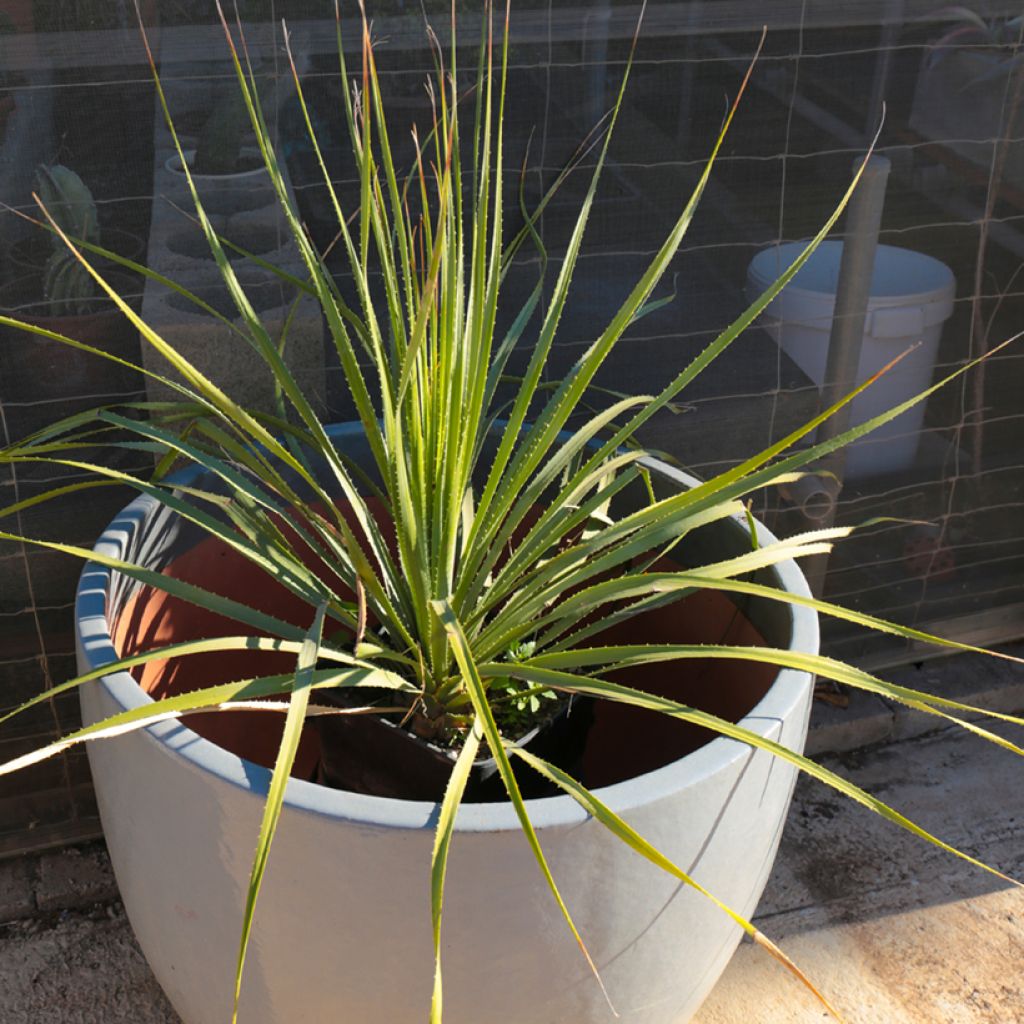

Dasylirion texanum - Sotol
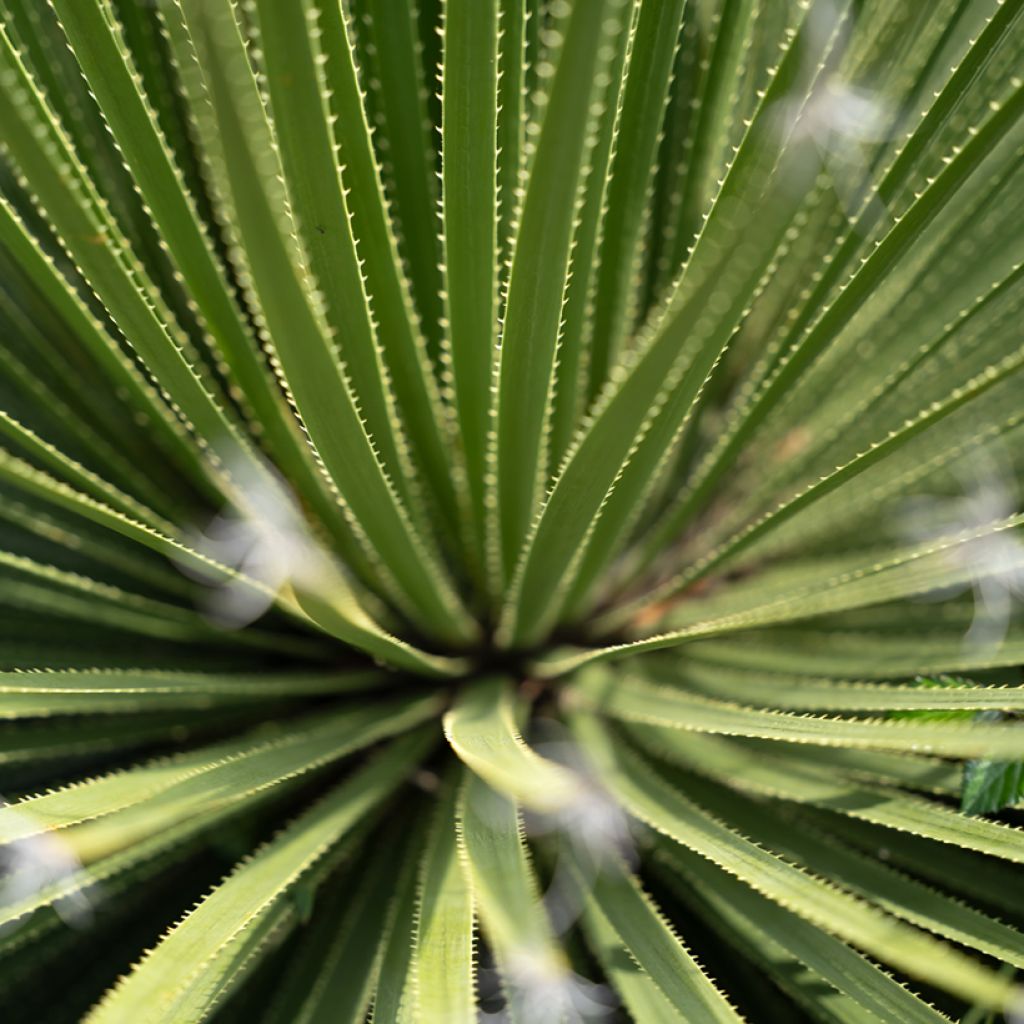

Dasylirion texanum - Sotol
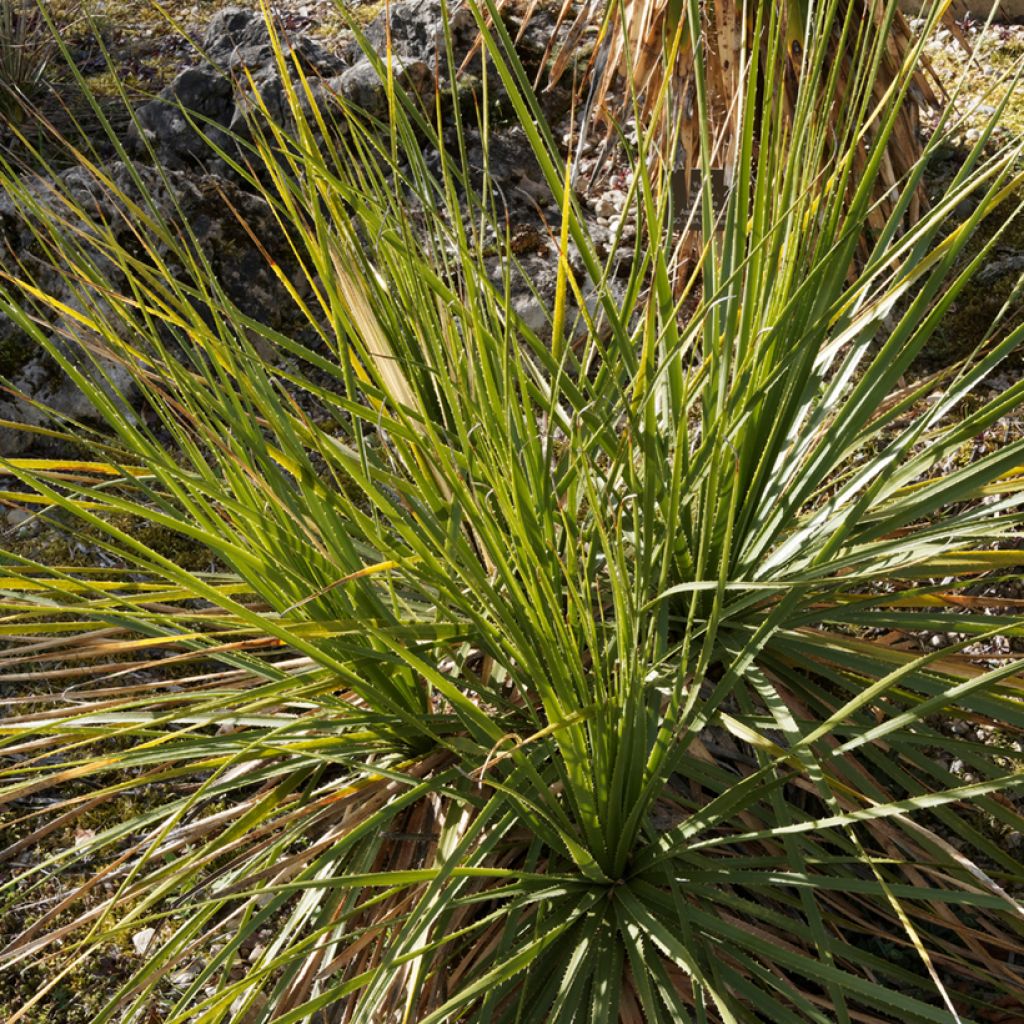

Dasylirion texanum - Sotol
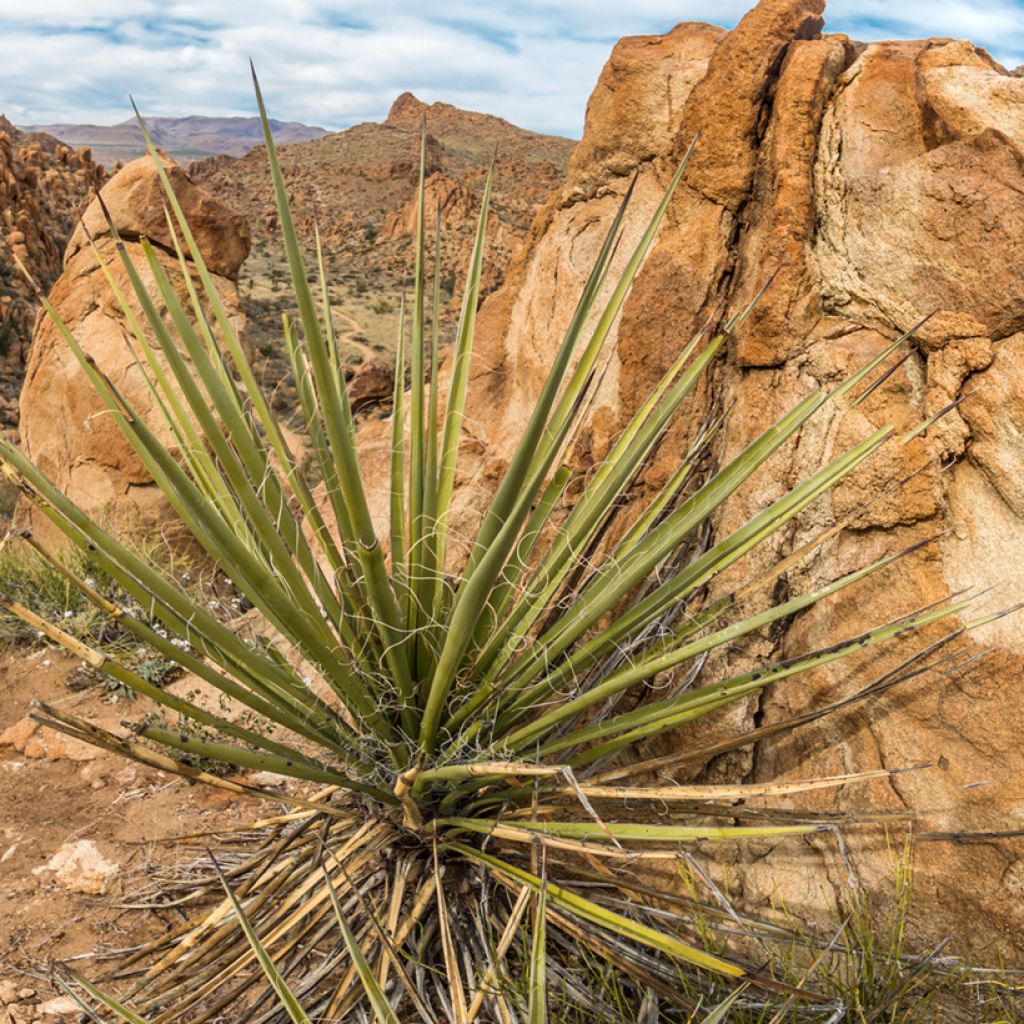

Dasylirion texanum - Sotol
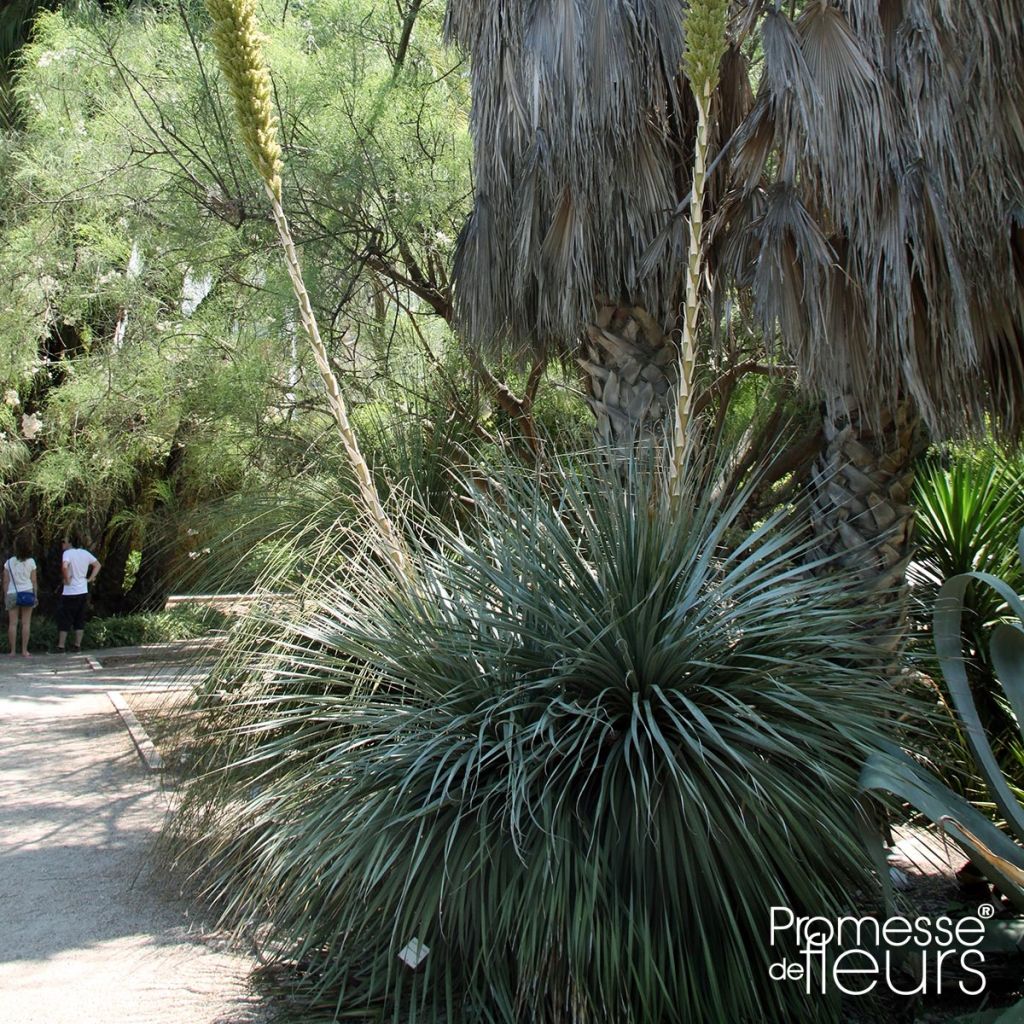

Dasylirion texanum - Sotol du Texas


Dasylirion texanum - Sotol du Texas
Dasylirion texanum - Sotol
Dasylirion texanum
Texas Sotol, Desert Spoon
Special offer!
Receive a €20 voucher for any order over €90 (excluding delivery costs, credit notes, and plastic-free options)!
1- Add your favorite plants to your cart.
2- Once you have reached €90, confirm your order (you can even choose the delivery date!).
3- As soon as your order is shipped, you will receive an email containing your voucher code, valid for 3 months (90 days).
Your voucher is unique and can only be used once, for any order with a minimum value of €20, excluding delivery costs.
Can be combined with other current offers, non-divisible and non-refundable.
Why not try an alternative variety in stock?
View all →This plant carries a 24 months recovery warranty
More information
We guarantee the quality of our plants for a full growing cycle, and will replace at our expense any plant that fails to recover under normal climatic and planting conditions.
Would this plant suit my garden?
Set up your Plantfit profile →
Description
The Dasylirion texanum is undoubtedly one of the easiest to grow in many areas, due to its better resistance to cold and damp, if planted in properly drained soil. Its appearance is similar to that of its cousin Dasylirion glaucophyllum, D. serratifolium and D. wheeleri, but it is recognised by its pale green colour, without a blueish hue, and its very narrow leaves. It forms beautiful spherical rosettes that are highly decorative and, after many years, it produces a tall flowering stem adorned with small cream flowers. It is a trendy, architectural plant, decorative all year round, that requires very little care, but makes a statement in a minimalist garden or on a contemporary terrace. Dasylirion can be grown both in the ground and in pots.
Originating from southern Texas, an area where temperatures are scorching in summer but harsh in winter, the Dasylirion texanum is able to withstand temperatures around -15°C (5 °F), even -20°C (-4 °F) in very dry soil. It will therefore adapt to many gardens, as long as it is planted in a raised bed, on a slope, or in rocky or stony soil. Like all Dasylirions, it tolerates long periods of summer drought and is indifferent to the presence of limestone.
It is a rhizomatous plant belonging to the agave family, with very slow growth in dry soil (even slower than other Dasylirions), and a slightly faster growth in moist soil. When young, the dasylirion forms a dense, shaggy ball. After many years, it can develop a partially underground false trunk, covered with remnants of old leaves, brown in colour, forming a sort of skirt. These can be pruned to highlight the trunk. The trunk often ends up lying down without stopping its growth. It bears a spherical crown 1m (3 ft 4 in) to 1.50m (4 ft 11 in) wide, composed of several hundred succulent, radiating leaves, 1cm (0.4 in) wide, bordered by small hooked teeth and ending in a small tuft of fibres. The leaves are stiff and tough. Flowering occurs after 10 to 15 years of cultivation, in summer. A thin upright flowering stem emerges from the centre of the rosette, 2m (6 ft 7 in) to 2.50m (8 ft 2 in) above the ground, among the leaves. The very small cream-coloured flowers are tightly packed together in the upper part of the flowering stem and remain on the plant for a long time, often until winter. Male plants are distinct from female plants. When watered during summer, this Dasylirion shows spectacular growth. Careful consideration should be given to the plant's placement, as its fragile root system does not tolerate disturbance and transplantation very well, unlike agaves. This plant does not die after flowering, as a secondary bud on the main axis takes over. When watered during the summer, this dasylirion grows spectacularly.
The Dasylirion texanum is an extremely architectural desert plant, with its sea urchin-like vegetation that plays wonderfully with light. Stunning in a large pot with simple shapes, it is perfect in a minimalist garden. Give it plenty of sunlight and soil that does not retain water, as it dislikes heavy and damp soil in winter. It is perfect on a large arid slope, at the top of a large exotic or contemporary rockery, or even near a swimming pool, provided the soil is well prepared to receive it. To cover its base, consider a blanket of silver basket, Cerastostigma plumbaginoides, Delosperma or a dryland lawn called Zoyzia tenuifolia, the mascarene grass. It can also be paired with agaves, prickly pears, hardy columnar cacti (Cleistocactus strausii, Cylindropuntia imbricata), and equally spectacular and frugal Aloe shrubs.
Dasylirion texanum - Sotol in pictures
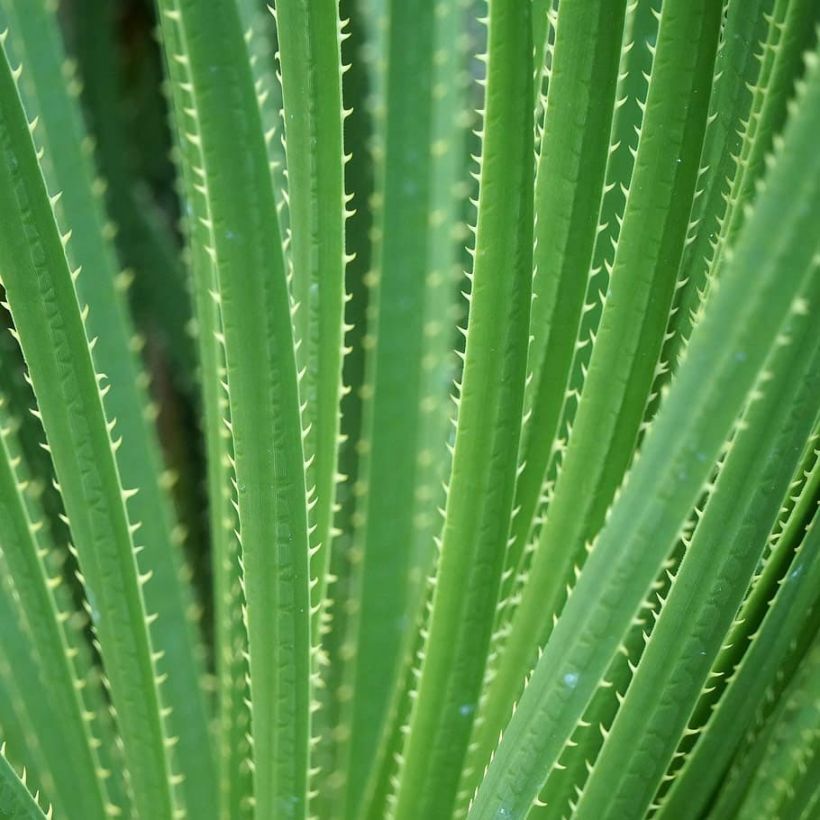



Plant habit
Flowering
Foliage
Botanical data
Dasylirion
texanum
Agavaceae (Asparagaceae)
Texas Sotol, Desert Spoon
North America
Planting and care
If you plan to plant a Texas Dasylirion, it's best to do so in the springtime. Choose a sunny location sheltered from rain if your garden is particularly humid and cold in the winter. If you live in a mild climate, autumn planting is preferred, especially in hot and dry summer climates.
During the first 4 to 5 years, the plant's growth is very slow, but you can encourage its growth by giving it generous but spaced summer watering and fertile soil. Be careful when transplanting the plant; you need to remove the root ball without damaging it to avoid killing it.
This plant doesn't like heavy and moist soil, especially when combined with cold weather. It's best to plant it in a rock garden, a slope, a raised bed with gravel-enriched soil, or a rocky embankment. The soil pH can be slightly acidic, sandy, stony, or even limestone since the plant is not very demanding regarding soil pH. The dasylirion can tolerate poor soil, but its growth will be slightly faster in fertile soil enriched with compost.
Remember to monitor watering for the first 2 years, especially during hot and dry periods. Finally, remove faded stems.
If your dasylirion is not flowering, it is probably too young or has only been planted in your garden for 3 or 4 years. This plant takes time to establish itself and only flowers after 10 to 15 years, mainly in warmer areas. Depending on the sunlight and climate, it will flower every year or two or three years. If the plant benefits from automated drip irrigation in summer, its growth will be boosted and 5-year-old rosettes will be able to flower.
Planting period
Intended location
Care
Planting & care advice
This item has not been reviewed yet - be the first to leave a review about it.
Similar products
Haven't found what you were looking for?
Hardiness is the lowest winter temperature a plant can endure without suffering serious damage or even dying. However, hardiness is affected by location (a sheltered area, such as a patio), protection (winter cover) and soil type (hardiness is improved by well-drained soil).

Photo Sharing Terms & Conditions
In order to encourage gardeners to interact and share their experiences, Promesse de fleurs offers various media enabling content to be uploaded onto its Site - in particular via the ‘Photo sharing’ module.
The User agrees to refrain from:
- Posting any content that is illegal, prejudicial, insulting, racist, inciteful to hatred, revisionist, contrary to public decency, that infringes on privacy or on the privacy rights of third parties, in particular the publicity rights of persons and goods, intellectual property rights, or the right to privacy.
- Submitting content on behalf of a third party;
- Impersonate the identity of a third party and/or publish any personal information about a third party;
In general, the User undertakes to refrain from any unethical behaviour.
All Content (in particular text, comments, files, images, photos, videos, creative works, etc.), which may be subject to property or intellectual property rights, image or other private rights, shall remain the property of the User, subject to the limited rights granted by the terms of the licence granted by Promesse de fleurs as stated below. Users are at liberty to publish or not to publish such Content on the Site, notably via the ‘Photo Sharing’ facility, and accept that this Content shall be made public and freely accessible, notably on the Internet.
Users further acknowledge, undertake to have ,and guarantee that they hold all necessary rights and permissions to publish such material on the Site, in particular with regard to the legislation in force pertaining to any privacy, property, intellectual property, image, or contractual rights, or rights of any other nature. By publishing such Content on the Site, Users acknowledge accepting full liability as publishers of the Content within the meaning of the law, and grant Promesse de fleurs, free of charge, an inclusive, worldwide licence for the said Content for the entire duration of its publication, including all reproduction, representation, up/downloading, displaying, performing, transmission, and storage rights.
Users also grant permission for their name to be linked to the Content and accept that this link may not always be made available.
By engaging in posting material, Users consent to their Content becoming automatically accessible on the Internet, in particular on other sites and/or blogs and/or web pages of the Promesse de fleurs site, including in particular social pages and the Promesse de fleurs catalogue.
Users may secure the removal of entrusted content free of charge by issuing a simple request via our contact form.
The flowering period indicated on our website applies to countries and regions located in USDA zone 8 (France, the United Kingdom, Ireland, the Netherlands, etc.)
It will vary according to where you live:
- In zones 9 to 10 (Italy, Spain, Greece, etc.), flowering will occur about 2 to 4 weeks earlier.
- In zones 6 to 7 (Germany, Poland, Slovenia, and lower mountainous regions), flowering will be delayed by 2 to 3 weeks.
- In zone 5 (Central Europe, Scandinavia), blooming will be delayed by 3 to 5 weeks.
In temperate climates, pruning of spring-flowering shrubs (forsythia, spireas, etc.) should be done just after flowering.
Pruning of summer-flowering shrubs (Indian Lilac, Perovskia, etc.) can be done in winter or spring.
In cold regions as well as with frost-sensitive plants, avoid pruning too early when severe frosts may still occur.
The planting period indicated on our website applies to countries and regions located in USDA zone 8 (France, United Kingdom, Ireland, Netherlands).
It will vary according to where you live:
- In Mediterranean zones (Marseille, Madrid, Milan, etc.), autumn and winter are the best planting periods.
- In continental zones (Strasbourg, Munich, Vienna, etc.), delay planting by 2 to 3 weeks in spring and bring it forward by 2 to 4 weeks in autumn.
- In mountainous regions (the Alps, Pyrenees, Carpathians, etc.), it is best to plant in late spring (May-June) or late summer (August-September).
The harvesting period indicated on our website applies to countries and regions in USDA zone 8 (France, England, Ireland, the Netherlands).
In colder areas (Scandinavia, Poland, Austria...) fruit and vegetable harvests are likely to be delayed by 3-4 weeks.
In warmer areas (Italy, Spain, Greece, etc.), harvesting will probably take place earlier, depending on weather conditions.
The sowing periods indicated on our website apply to countries and regions within USDA Zone 8 (France, UK, Ireland, Netherlands).
In colder areas (Scandinavia, Poland, Austria...), delay any outdoor sowing by 3-4 weeks, or sow under glass.
In warmer climes (Italy, Spain, Greece, etc.), bring outdoor sowing forward by a few weeks.































